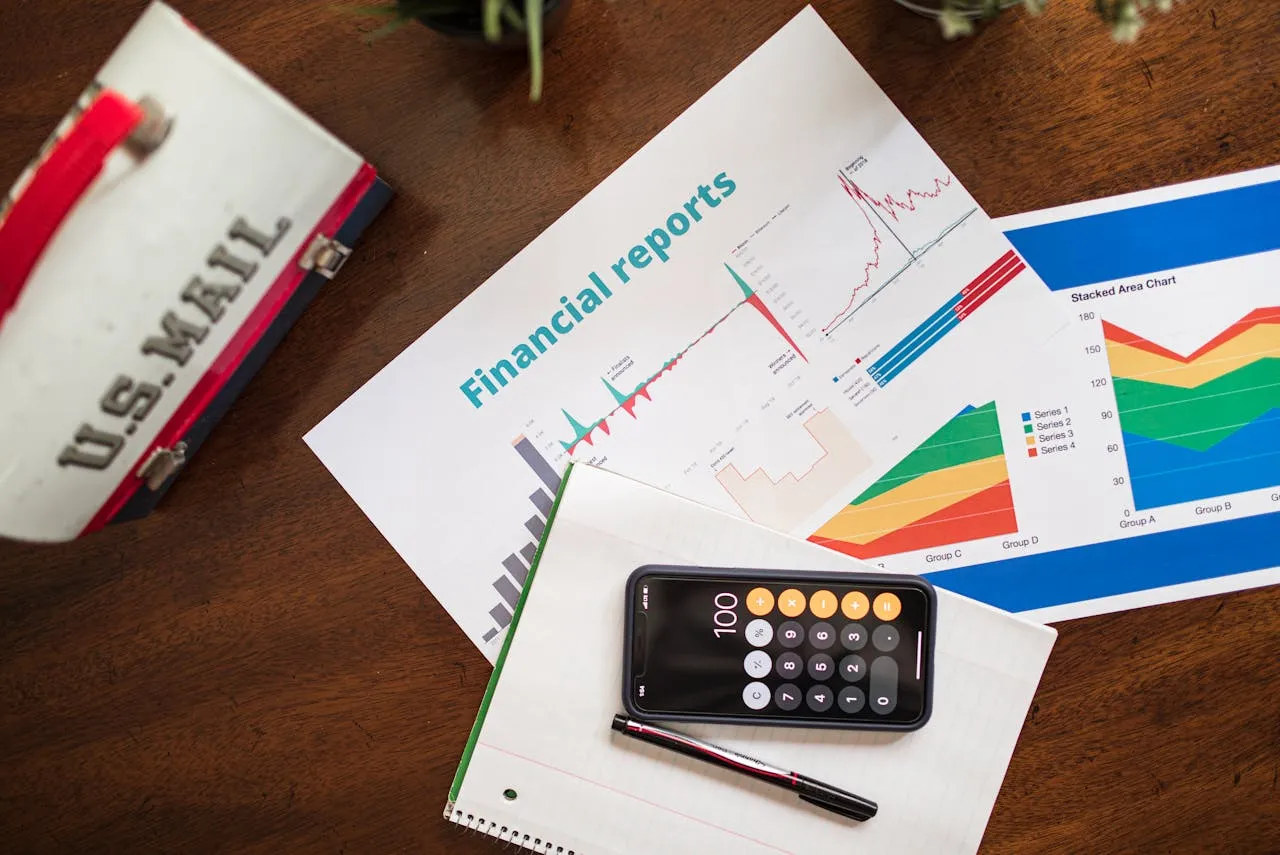
United States Beer Market Outlook 2025: Key Players, Strategies, and Forecasts to 2028
The U.S. beer market, the largest segment within the beverage alcohol industry, is experiencing a transformative period driven by shifting consumer preferences, evolving distribution channels, and innovative product offerings. The “Beer in the U.S. through 2028: Market Essentials” report provides an in-depth analysis of current market trends, major industry players, and forward-looking projections, offering essential insights for breweries, distributors, and investors. This comprehensive research includes preliminary data for 2024 and extends forecasts through 2028, covering key sub-segments such as flavored malt beverages (FMBs), cider, and non-alcoholic Beer Market.
Market Overview: Key Trends Shaping the U.S. Beer Industry
Craft Beer Renaissance and Premiumization
The craft beer movement remains a driving force in the industry, Beer Market with microbreweries and regional craft breweries capturing consumer interest through innovation and quality. Despite the overall beer market experiencing a slight decline, the craft beer sector continues to thrive, fueled by a growing preference for premium, locally brewed beverages with unique flavor profiles. Additionally, the premiumization trend has led to increased demand for high-quality imports, super-premium beers, and specialty craft offerings.
Non-Alcoholic and Low-Alcohol Beer Surge
Health-conscious Beer Market consumers are driving growth in the no-alcohol and low-alcohol beer segment. The rise of mindful drinking and wellness-focused lifestyles has encouraged major beer companies to expand their portfolios with flavorful, low-ABV (alcohol by volume) and alcohol-free alternatives. Brands such as Heineken 0.0 and Budweiser Zero have gained traction, while craft breweries are also innovating within this category.
Flavored Malt Beverages (FMBs) and Hard Seltzers
The flavored malt beverage sector, particularly hard seltzers, has revolutionized the Beer Market industry. While the rapid expansion of hard seltzers has begun to stabilize, these products still hold a significant share of the market. Key players continue to introduce new flavors, hybrid beverages, and innovative packaging solutions to maintain consumer interest and drive sales.
Sustainable Packaging and Eco-Friendly Brewing
Sustainability is becoming a core focus for breweries of all sizes. Companies are adopting eco-friendly brewing practices, implementing water and energy conservation initiatives, and utilizing sustainable packaging solutions such as recyclable aluminum cans and biodegradable materials. Consumers are increasingly aligning with brands that prioritize environmental responsibility.
Market Segmentation and Key Data Insights
The “Beer Market in the U.S. through 2028” report offers detailed data analysis presented in Excel spreadsheets, along with an executive summary highlighting critical industry shifts. The report provides valuable insights into the following categories:
Regular, Light, and Imported Beers
- Domestic light beers continue to dominate the market, though consumption is declining.
- Premium and super-premium beers are experiencing steady growth, with consumers willing to pay more for higher quality.
- Imported beers, particularly from Mexico and Europe, are gaining popularity among American consumers.
Flavored Malt Beverages and Hard Seltzers
- Hard seltzers have disrupted traditional Beer Market sales, though growth rates are beginning to stabilize.
- Innovations in hybrid beverages, including hard kombuchas and flavored beer alternatives, are gaining market share.
No-Alcohol and Low-Alcohol Beers
- Sales of non-alcoholic beer are projected to continue growing at a rapid pace.
- Health-focused consumers and designated drivers contribute to increased demand for alcohol-free alternatives.
Craft Beer and Microbreweries
- The craft beer segment remains resilient, driven by innovation, local loyalty, and premiumization.
- Distribution challenges and increased competition require breweries to adopt adaptive strategies to maintain growth.
Regional Consumption Trends and Distribution Strategies
Beer consumption patterns vary significantly across U.S. regions, influenced by cultural preferences, economic conditions, and distribution networks. The report provides insights into:
- Total beer consumption in 2023 compared to previous years.
- Regional variations in beer sales, highlighting the strongest-performing markets.
- Future growth opportunities and demographic trends driving beer sales.
Distribution Channels and Market Share Evolution
The way beer reaches consumers is changing, with a shift toward e-commerce and alternative retail channels. The report explores key distribution trends, including:
- Expansion of e-commerce platforms and direct-to-consumer beer sales.
- Retail market share analysis, including grocery stores, liquor stores, and online delivery services.
- The impact of on-premise vs. off-premise sales, with an emphasis on post-pandemic consumer behavior.
- The role of taprooms, brewpubs, and brewery-owned retail spaces in driving brand engagement.
Leading Beer Companies: Competitive Landscape and Brand Performance
Understanding the strategies of leading beer companies provides valuable insights into market dynamics. The report covers:
- Anheuser-Busch InBev – The industry leader continues to invest in premiumization, sustainability, and global expansion.
- Molson Coors Beverage Company – Diversification into non-beer beverages and hard seltzers.
- Constellation Brands Beer Division – Strong performance in the import beer segment, particularly with Modelo and Corona.
- Heineken USA – Growth strategies in the premium and no-alcohol segments.
- Diageo Beer Company – Market impact of Guinness and other specialty beer brands.
- The Boston Beer Company – Success in hard seltzers, craft beer, and non-alcoholic options.
- D.G. Yuengling & Son, Inc. – Regional expansion efforts and continued growth.
- Sierra Nevada Brewing Company – Sustainability initiatives and craft beer positioning.
- New Belgium Brewing Company – Market expansion following acquisitions.
- Spoetzl Brewery – Niche market strategies and heritage branding.
- Deschutes Brewery – Performance in the Pacific Northwest and beyond.
Advertising and Marketing Strategies
Beer companies allocate significant budgets to advertising and marketing, focusing on:
- Digital advertising and social media influencer partnerships.
- Traditional advertising, including television and print campaigns.
- Sponsorships and brand collaborations within the music, sports, and lifestyle industries.
- Targeted marketing for Hispanic, Gen Z, and millennial consumers.
Five-Year Forecast and Market Outlook (2024-2028)
The report provides a comprehensive five-year forecast, outlining expectations for:
- Overall market growth and volume projections.
- Segment-specific growth for domestic, imported, craft, and FMB categories.
- Changes in consumer demographics and purchasing behaviors.
- Future innovations in brewing, sustainability, and packaging.
- The evolving role of digital and direct-to-consumer sales channels.
Future Opportunities in the U.S. Beer Market
The U.S. beer industry is at a pivotal moment, with both challenges and opportunities ahead. Key factors shaping the future of the market include:
- The rise of health-conscious drinking habits and the shift toward non-alcoholic alternatives.
- The continued expansion of craft beer and microbreweries, despite increased competition.
- The stabilization of the hard seltzer market and the emergence of new flavored malt beverage innovations.
- The growing importance of sustainability initiatives in beer production and packaging.
- Advancements in e-commerce and direct-to-consumer distribution models.
As consumer preferences continue to evolve, beer industry players must remain agile, embracing innovation and strategic growth initiatives to stay competitive. The “Beer in the U.S. through 2028: Market Essentials” report serves as an essential guide for industry stakeholders, offering data-driven insights and actionable strategies to navigate the dynamic landscape of the U.S. beer market.
By leveraging this comprehensive market research, breweries, retailers, and investors can make informed decisions that align with emerging trends, ensuring long-term success in the ever-evolving beer industry.







